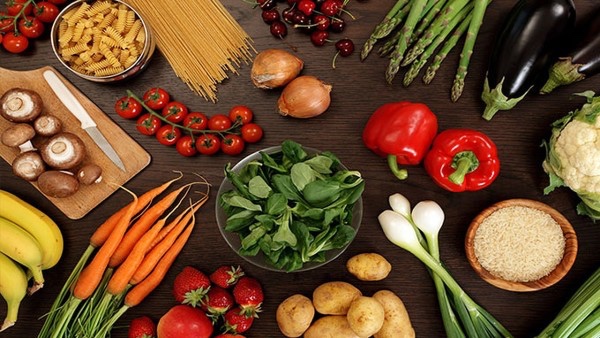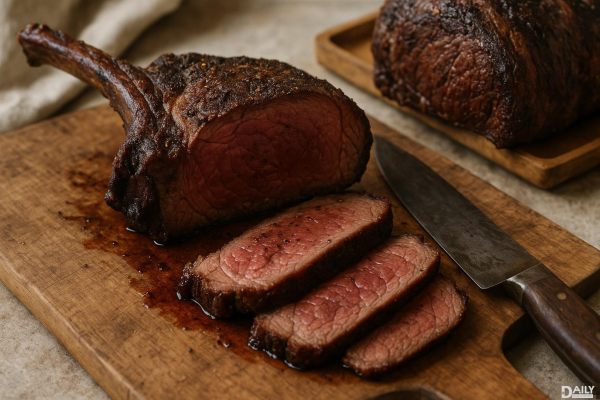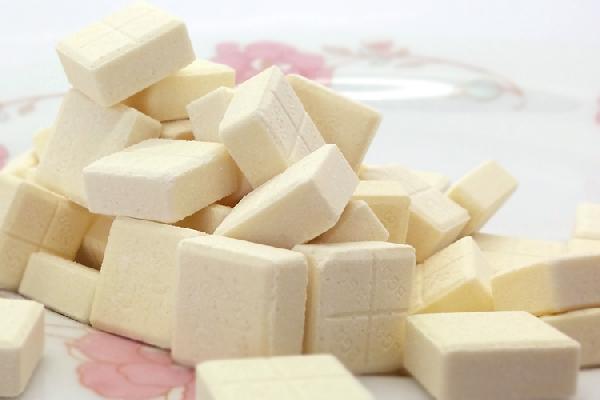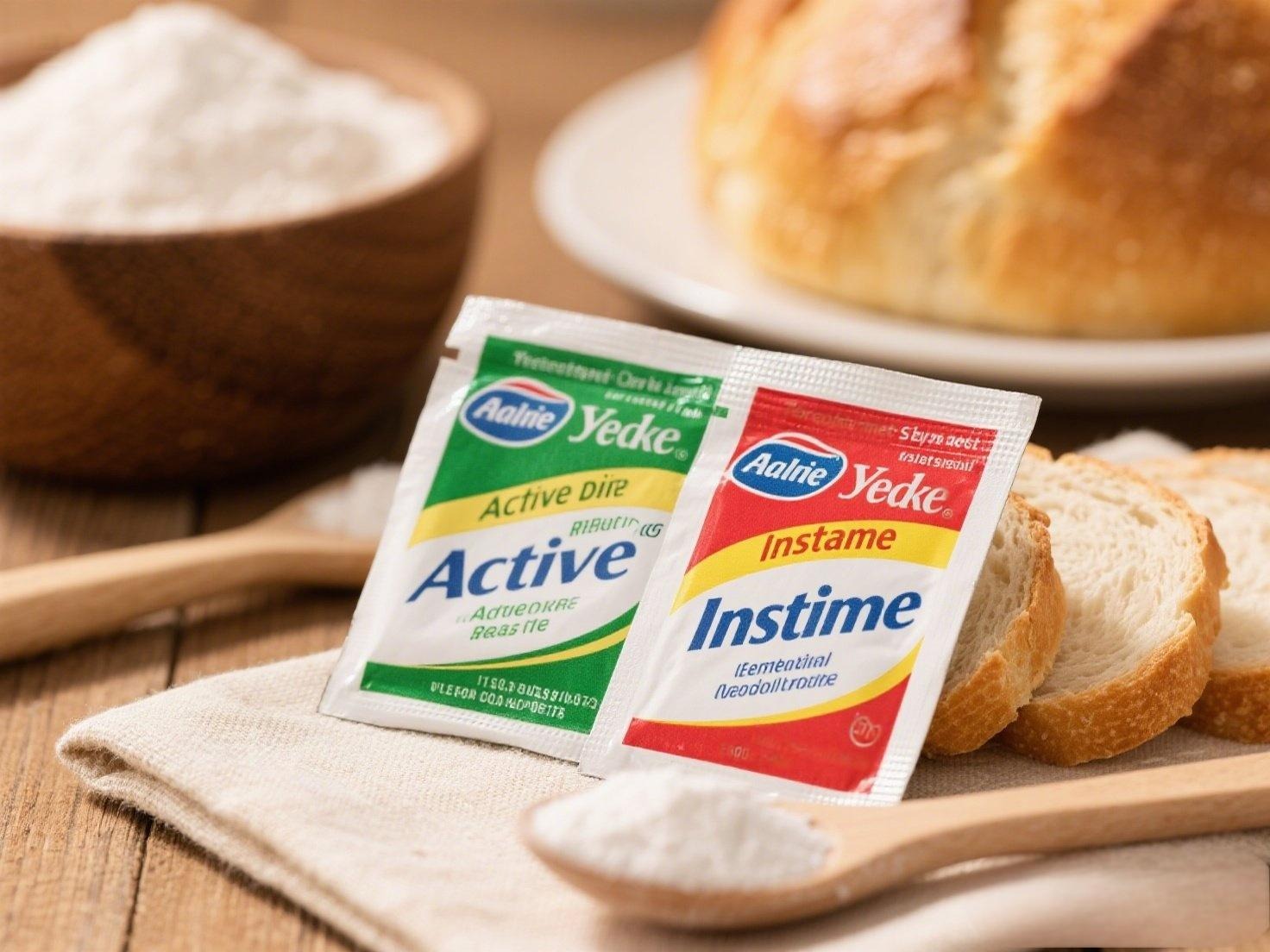if you’re looking to avoid those dreaded blood sugar spikes and crashes, low-GI (glycemic index) foods are about to become your new best friend. Think of them as the chill, steady-Eddie of the food world—no drama, just balance. So, let’s break it down and get you on track to keeping your blood sugar on lock.

What’s the Glycemic Index, Anyway?
The glycemic index is a scale that ranks carbs based on how quickly they raise your blood sugar. Foods with a low GI (55 or less) digest slowly, giving you a steady energy release. High-GI foods, on the other hand, are like that hyper friend who’s fun for a minute but leaves you feeling wrecked afterward.
Why Low-GI Foods Are a Game-Changer
No More Energy Rollercoaster: Say goodbye to mid-afternoon crashes and hello to sustained energy.
Curbs Cravings: Low-GI foods keep you fuller longer, so you’re less likely to raid the snack drawer.
Supports Long-Term Health: Keeping blood sugar steady can reduce your risk of type 2 diabetes and heart disease.
Low-GI Foods to Add to Your Plate
Here’s the hype-worthy lineup:
Whole Grains: Think oats, quinoa, and brown rice—carbs that actually work for you.
Legumes: Beans, lentils, and chickpeas are packed with protein and fiber.
Non-Starchy Veggies: Broccoli, spinach, and zucchini are low-GI MVPs.
Fruits: Berries, apples, and pears are sweet without the sugar spike.
Nuts and Seeds: A handful of almonds or chia seeds can be a perfect snack.
Pro Tips for a Low-GI Lifestyle
Pair Wisely: Combine carbs with protein or healthy fats to slow digestion even more.
Watch Portions: Even low-GI foods can stack up if you overdo it.
Skip the Hype Food: Processed snacks and sugary drinks are high-GI culprits—steer clear.
The Bottom Line
Switching to low-GI foods isn’t about deprivation—it’s about smarter choices that keep you feeling your best. Start small, mix and match, and watch your energy and mood stay on point.
























